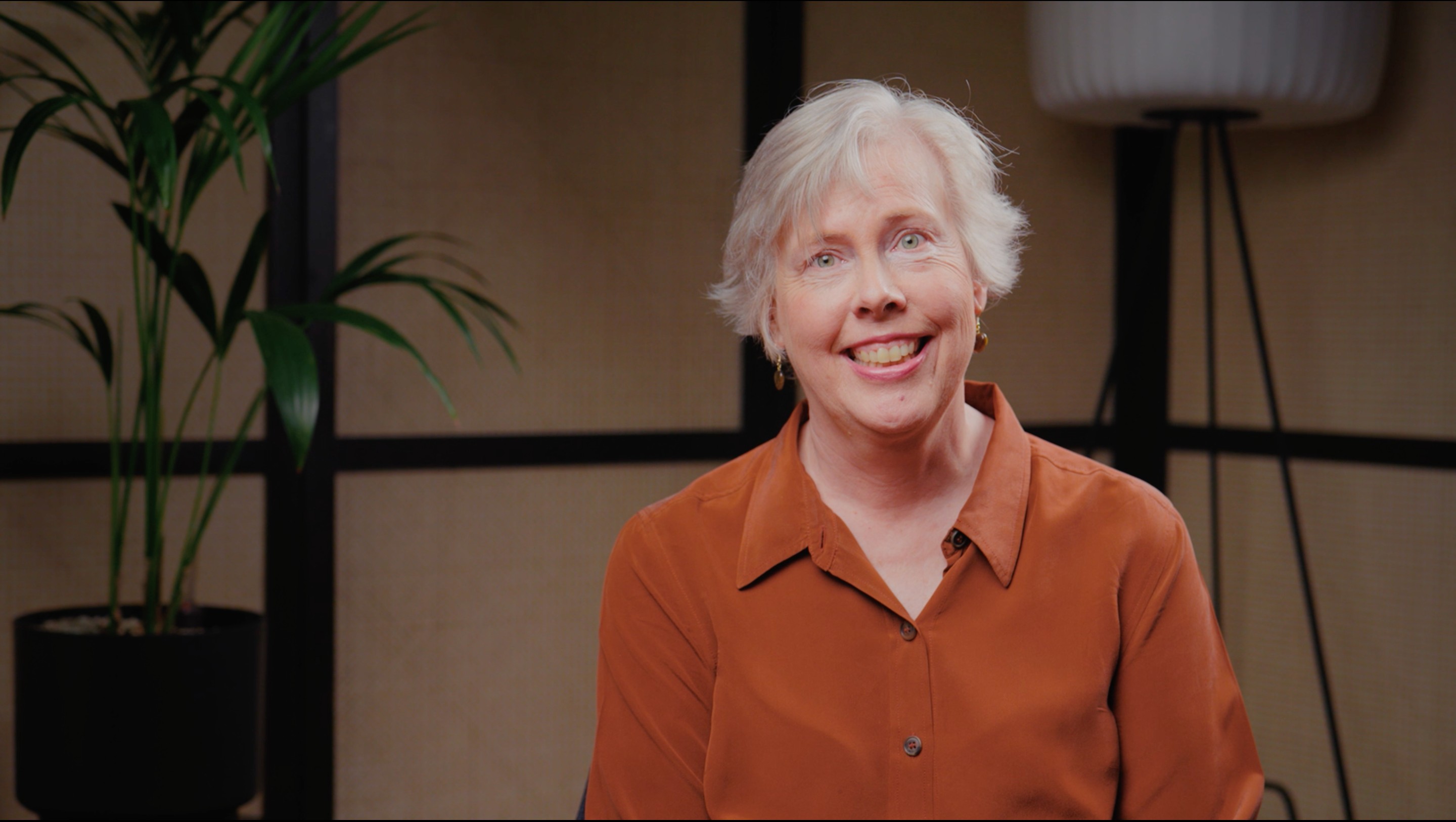
What Does Good Feedback Look Like?

Margaret Cheng
35 years: Writer & HR Consultant
Giving feedback doesn’t have to be a painful experience. Join Margaret Cheng as she outlines how to give good feedback using the FORCES model.
Giving feedback doesn’t have to be a painful experience. Join Margaret Cheng as she outlines how to give good feedback using the FORCES model.
Subscribe to watch
Access this and all of the content on our platform by signing up for a 7-day free trial.

What Does Good Feedback Look Like?
8 mins 54 secs
Key learning objectives:
Understand why receiving feedback is stressful
Outline the FORCES model
Overview:
Feedback takes you away from your inner view of yourself and forces you to realise that other people see you differently. The stress response caused by this makes our brains leap into fight or flight mode, flooding us with adrenaline. If you want to give good feedback, you should remember the FORCES model: good feedback is always Forward looking, Owned, Regular, Clear, Enabling and Specific
Subscribe to watch
Access this and all of the content on our platform by signing up for a 7-day free trial.
- Forward looking - Not looking back to apportion blame but thinking about development for the future.
- Owned - Offering your view about the impact of a particular behaviour that you have observed.
- Regular - They should be conversations you have all the time to make it a normal part of working life.
- Clear - Taking people constructively through your helpful, examples of observed behaviour and the impact of the behaviours on the work/you/the team.
- Enabling - So the person can learn and move forward.
- Specific - Feedback is always so much easier when it refers to something specific e.g. examples of the behaviours you are giving feedback about.
Subscribe to watch
Access this and all of the content on our platform by signing up for a 7-day free trial.

Margaret Cheng
There are no available Videos from "Margaret Cheng"



























